Follow Ms. Moong Thi Minh to the field to harvest peanuts in Khanh Thanh village, Nam Can commune (Ky Son). This year, Ms. Minh's family planted nearly 1 hectare of peanuts, and the harvest season will begin at the end of October 2023. "This year's peanut tubers are not many but very firm. Good harvest years like this year bring in an income of about 15 - 16 million VND. However, a good peanut harvest means a bad rice harvest" - Ms. Minh shared.
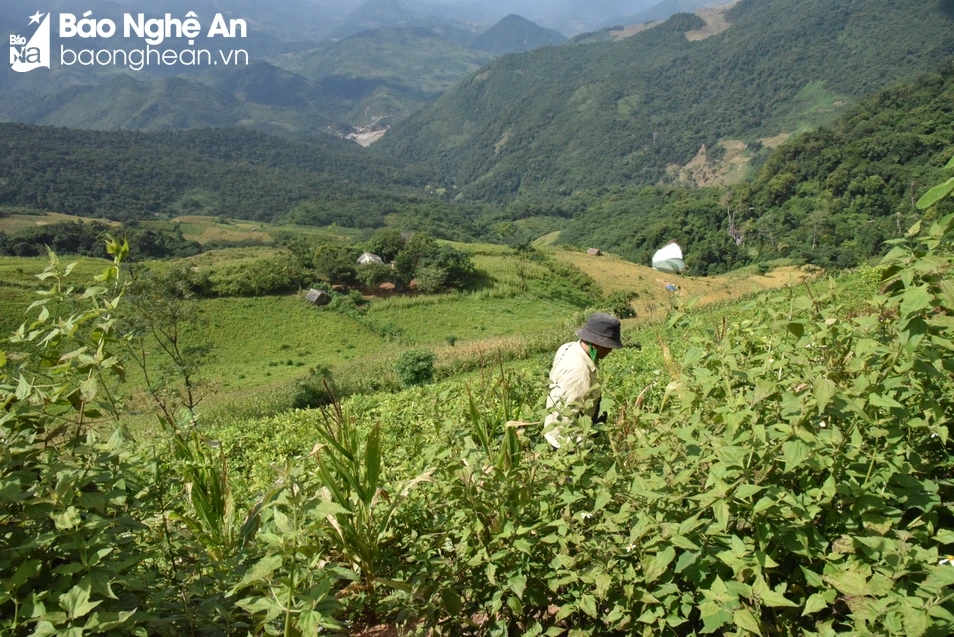
Having said that, Mrs. Minh pointed to the rice field next to the peanut field. From afar, the yellow color of the rice under the midday sun looked desolate and withered; the rice had few grains, a high percentage of empty grains, and the plants had burnt leaves and were wilting yellow.
The locations of the summer-autumn rice fields of Khanh Thanh villagers are mostly located on the tops or along the slopes of hills and mountains with steep slopes. In 2022 as well as 2023, the whole village planted 38 hectares of upland rice.
Ms. Lu Y Khun, a resident of Khanh Thanh village, said that this year, the rice crop almost failed due to the long drought, combined with the steep slope of the rice fields, which could not retain water. Fortunately, there are still peanut fields to “support” the people, so they have a source of income as the cold winter approaches.
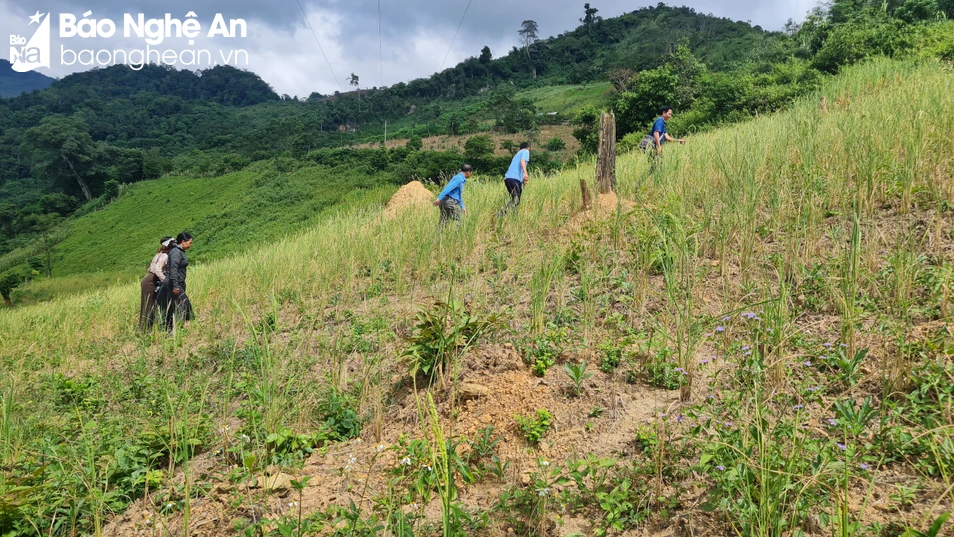
Khanh Thanh village of Nam Can border commune has 100% Kho Mu ethnic people living, with 74 households and 410 people. The village is quite far from the commune center, about 4km, the road is mostly dirt and rocks, and according to the villagers, if it rains, they can only go on foot to visit the fields.
Mr. Ho Ba Po - Chairman of the Farmers' Association of Nam Can Commune, said that in the summer-autumn crop of 2023, the whole commune planted about 365 hectares of upland rice, distributed in 6 villages, with an estimated harvest of 394.8 tons. Of which, the largest is Huoi Poc village with 100 hectares, Truong Son 95 hectares, Tien Tieu 80 hectares, and the least is Noong De village with 15 hectares.
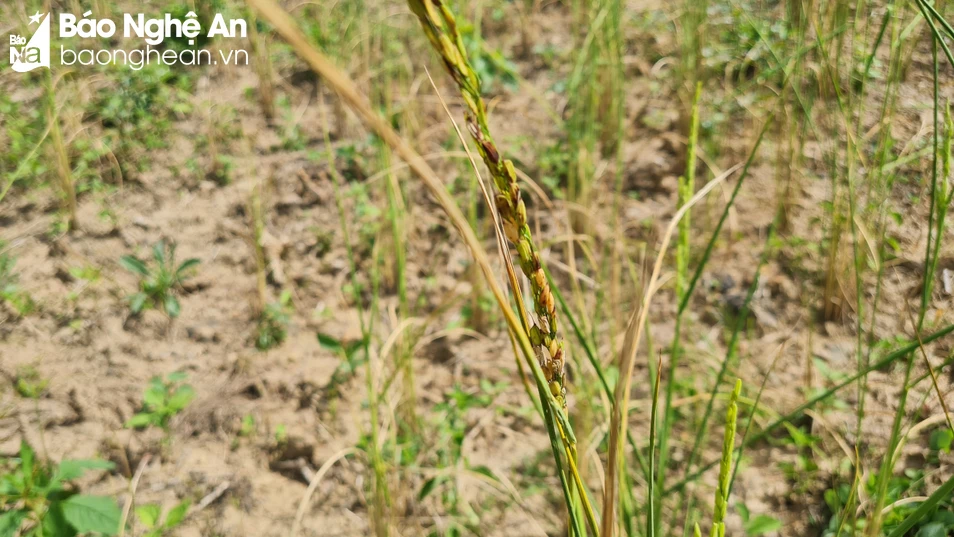
“This year, two villages had a bad rice crop, Khanh Thanh and Pa Ca, with a total area of over 60 hectares. The main reason was drought, followed by rain, which made it unable to retain water during hot weather and eroded during prolonged rain.
Nam Can residents also shared that in recent years, the weather has been erratic, with many long and consecutive hot spells affecting people's lives and economic development, especially farming, so some households have stopped growing rice, switched to growing other crops, or skipped the crop.
Therefore, for upland rice in 2022, the whole Nam Can commune only meets 90.13% of the planned planting area. It is expected that the same will happen in 2023.
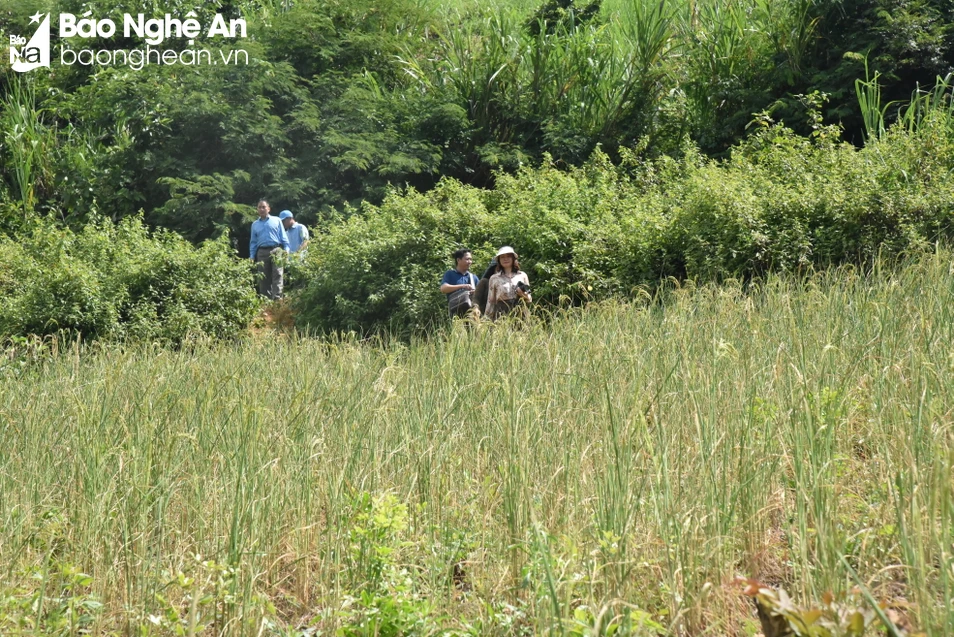
It is known that the whole Ky Son district has more than 8,000 hectares of summer-autumn rice, which people have almost finished harvesting, with an average yield of about 4 tons/ha, output of 3,233.2 tons; of which upland rice is about 5,000 hectares, yield of 12/quintal/ha, output of 6,128 tons.
Source


![[Photo] Looking back at the impressive moments of the Vietnamese rescue team in Myanmar](https://vstatic.vietnam.vn/vietnam/resource/IMAGE/2025/4/11/5623ca902a934e19b604c718265249d0)



![[Photo] "Beauties" participate in the parade rehearsal at Bien Hoa airport](https://vstatic.vietnam.vn/vietnam/resource/IMAGE/2025/4/11/155502af3384431e918de0e2e585d13a)

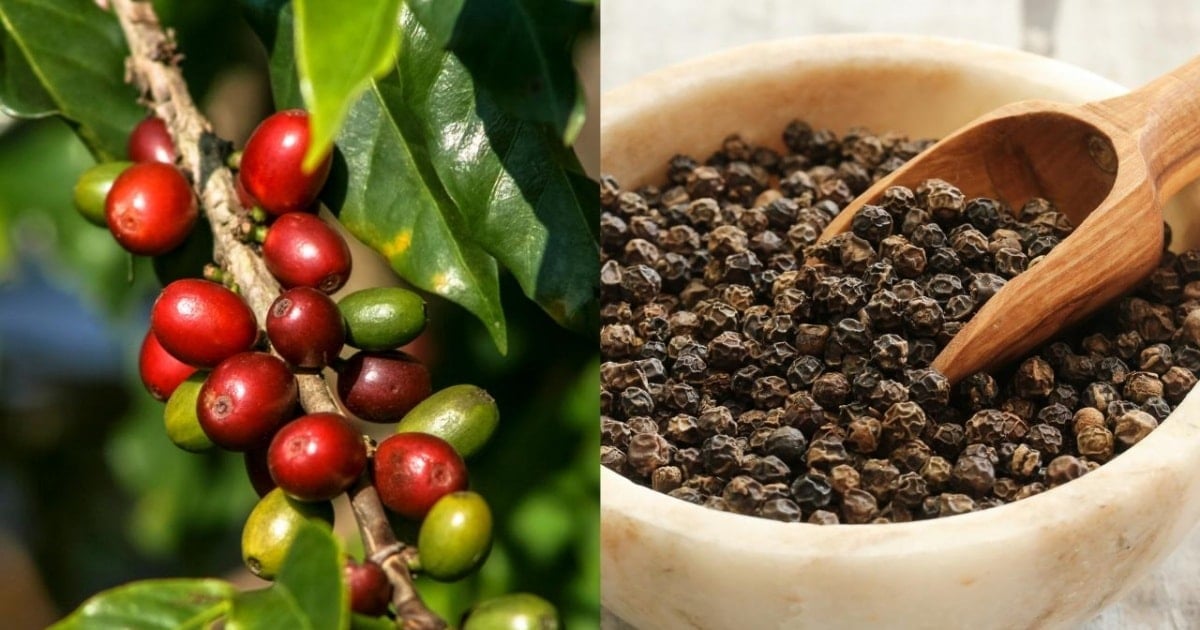
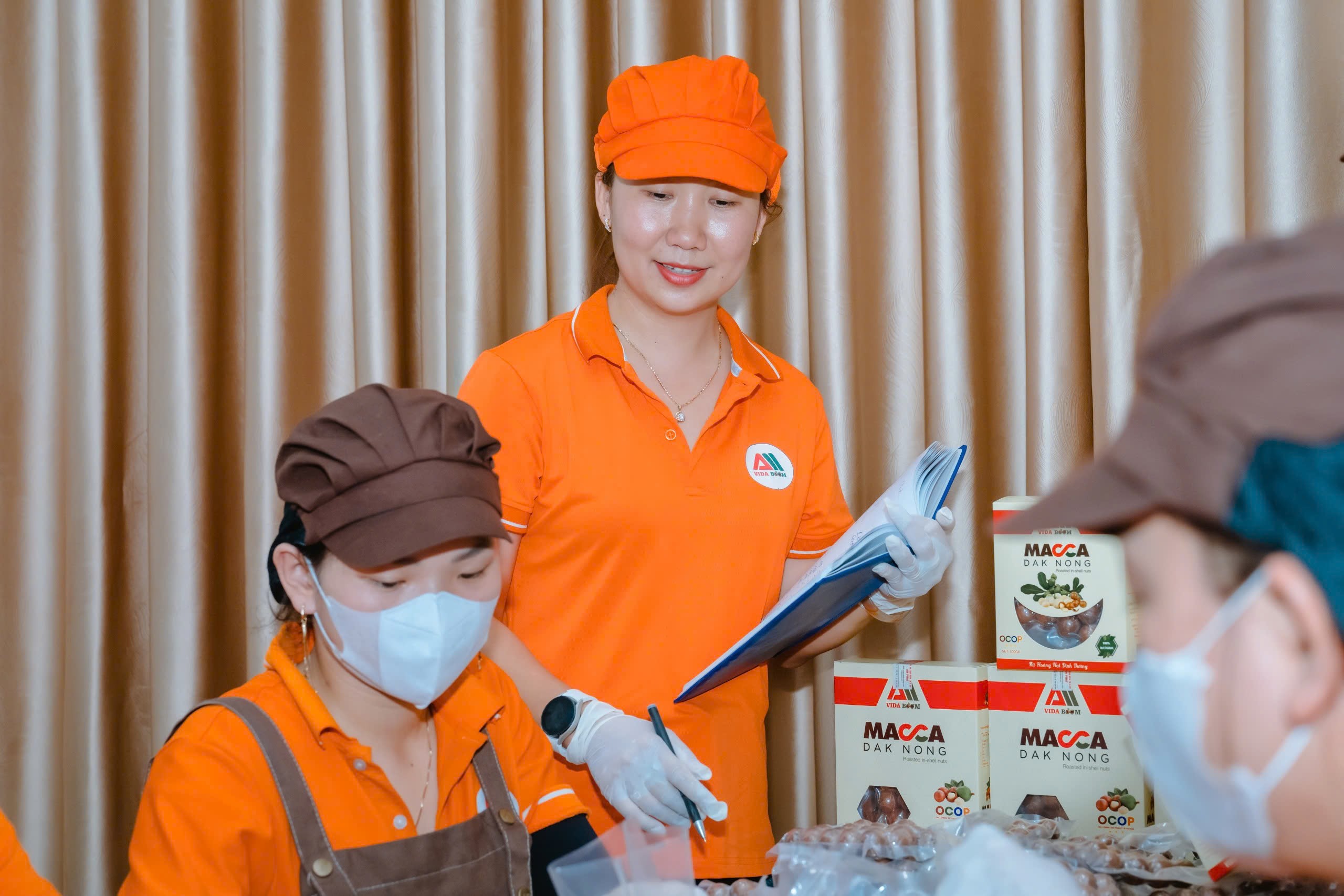

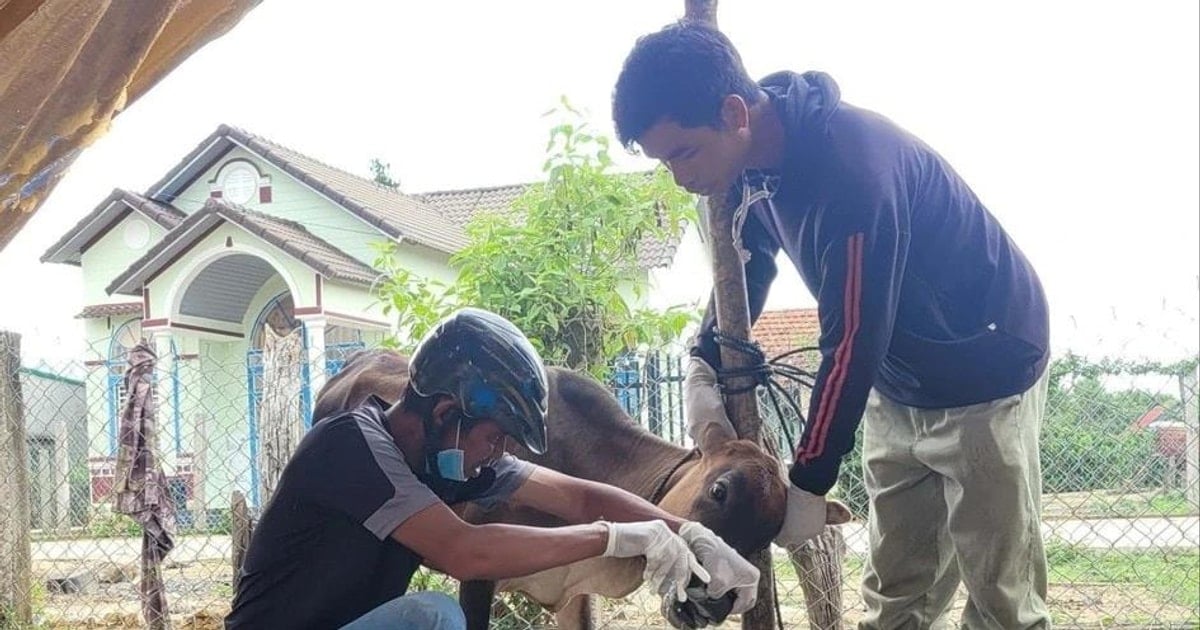


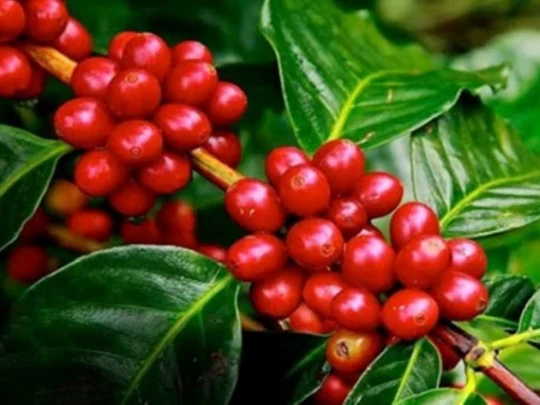

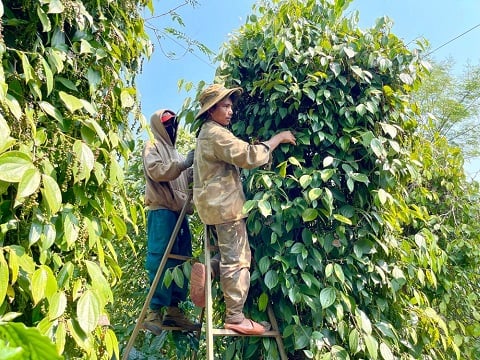
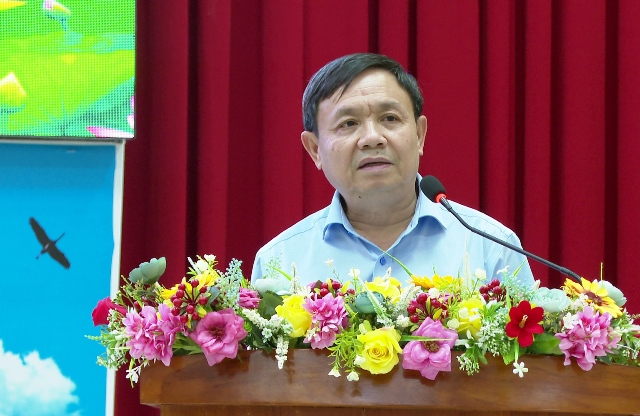

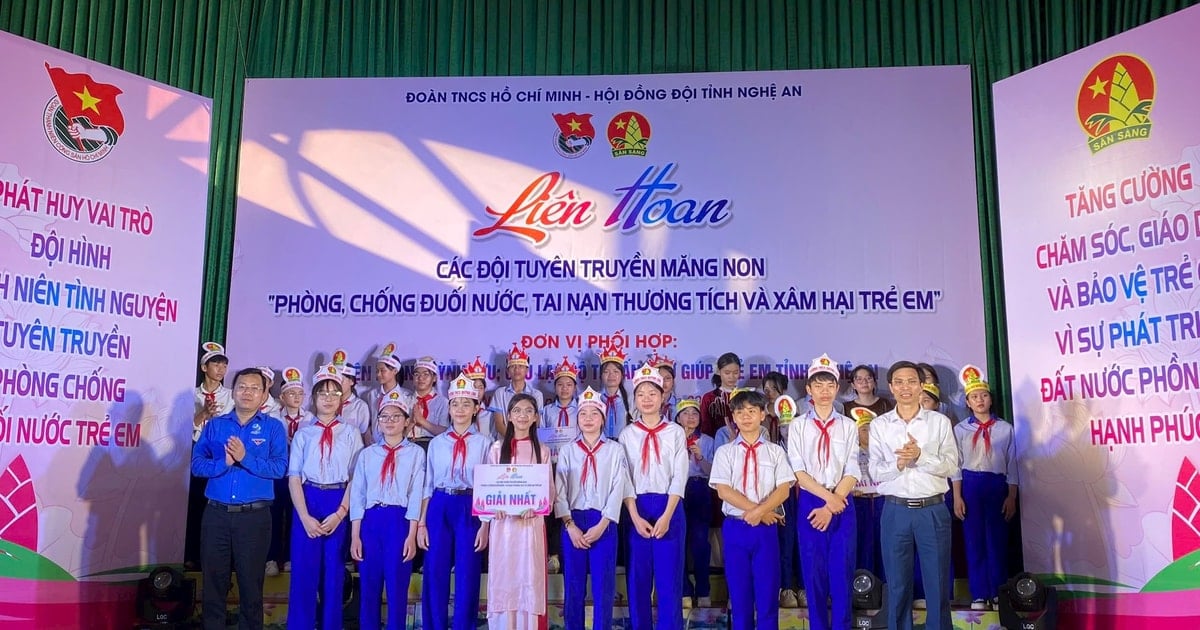
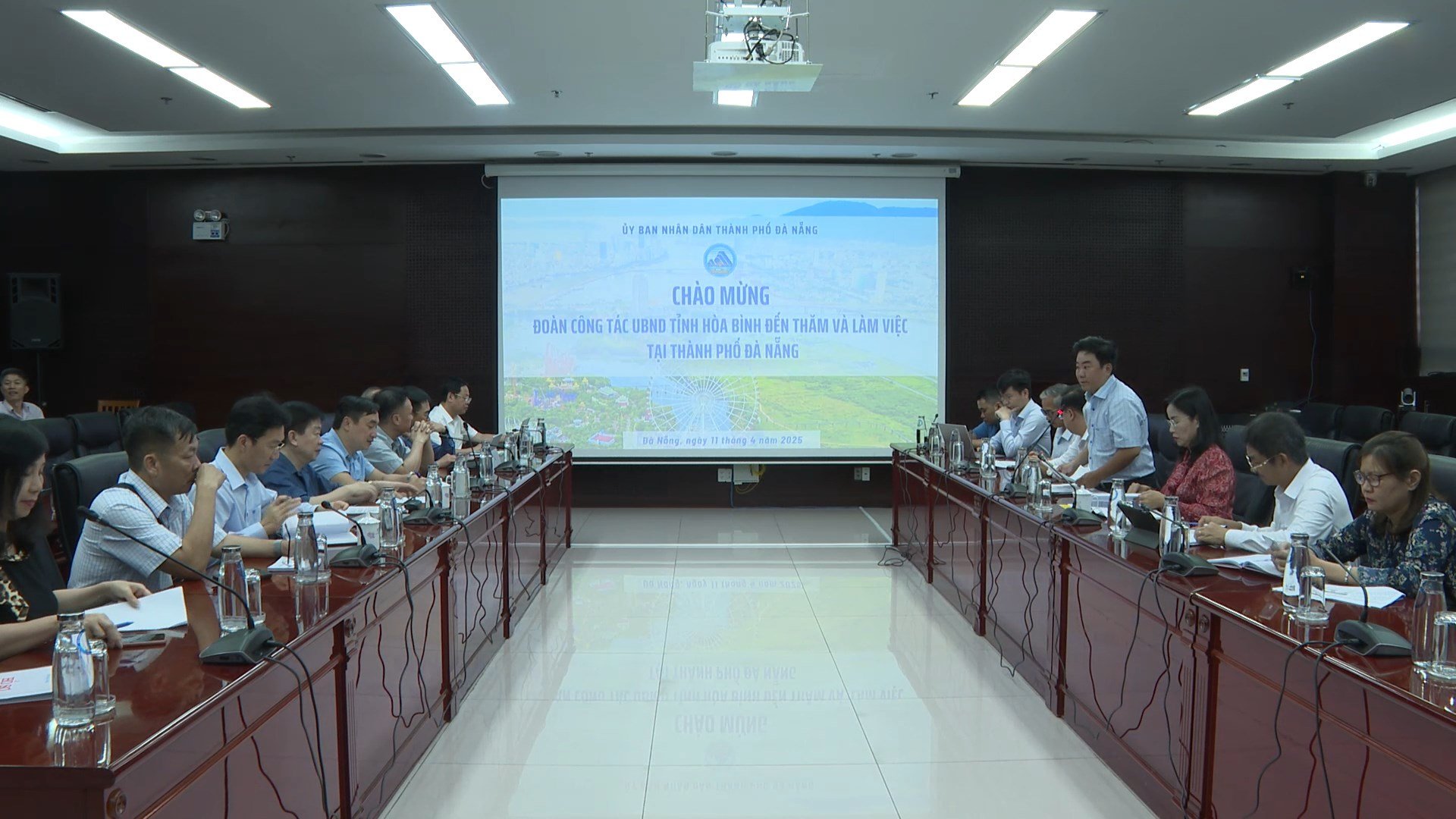




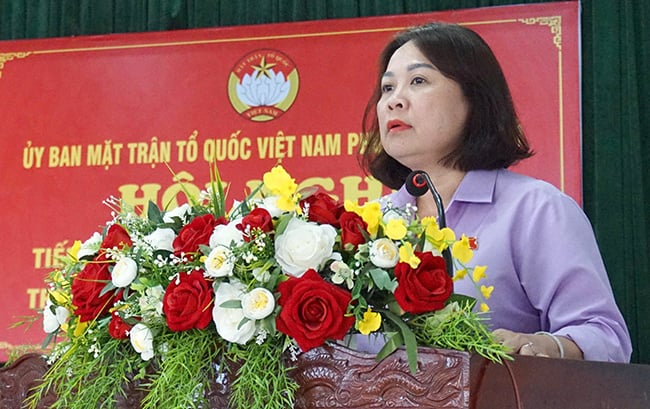
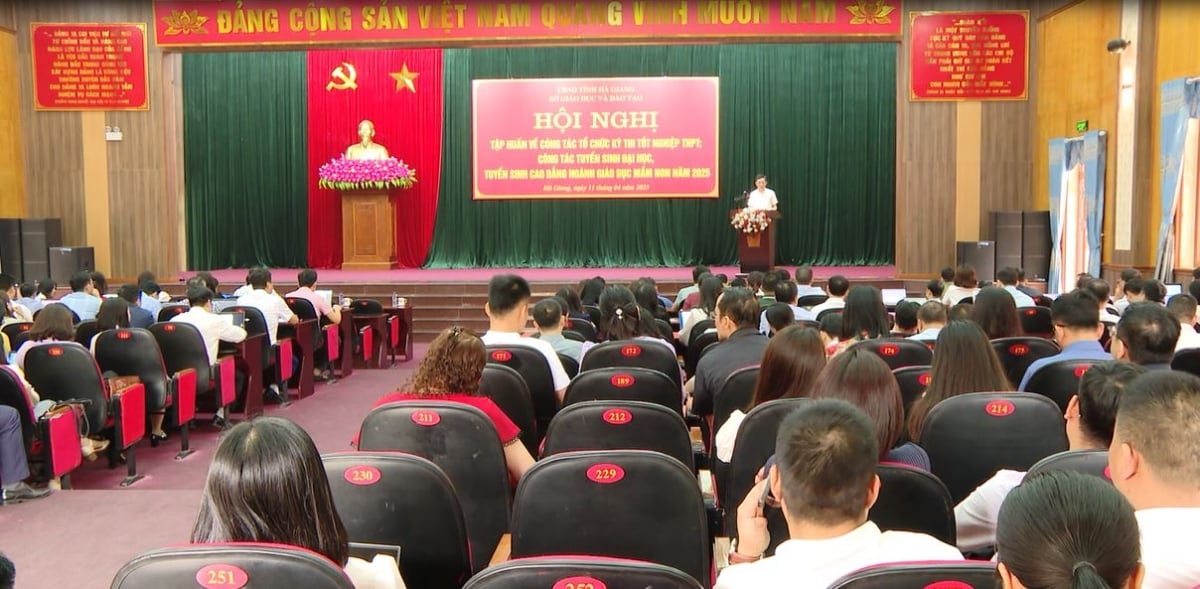
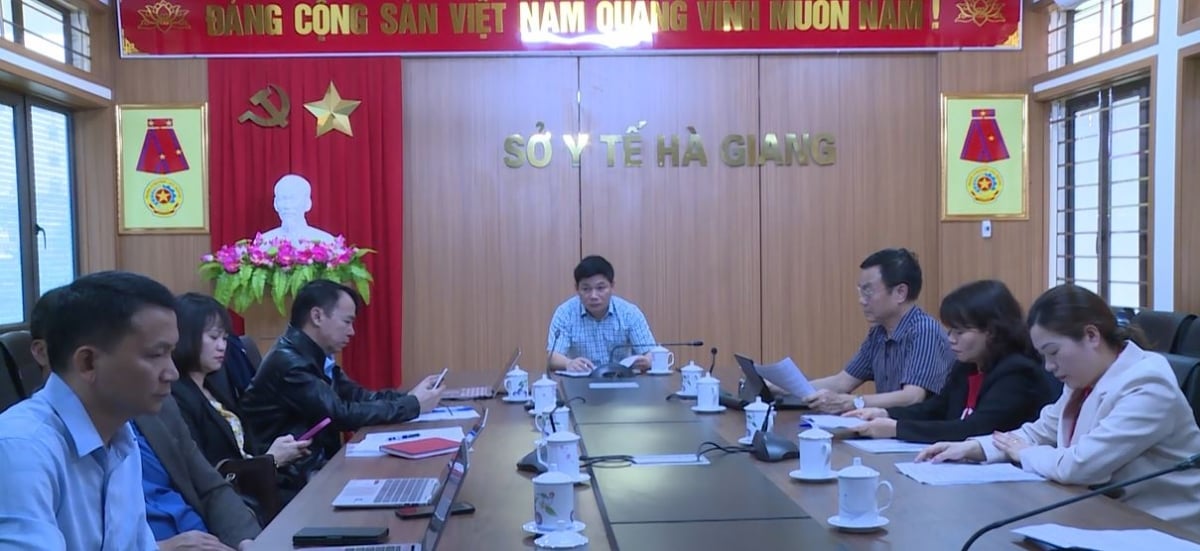


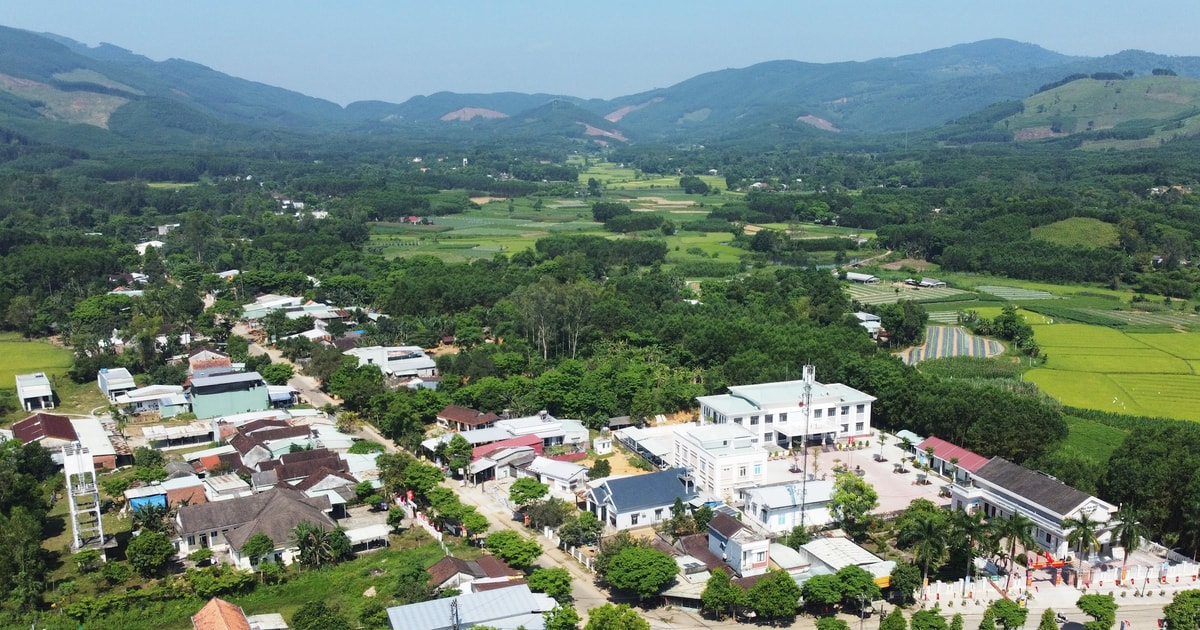

![[Photo] Summary of parade practice in preparation for the April 30th celebration](https://vstatic.vietnam.vn/vietnam/resource/IMAGE/2025/4/11/78cfee0f2cc045b387ff1a4362b5950f)









































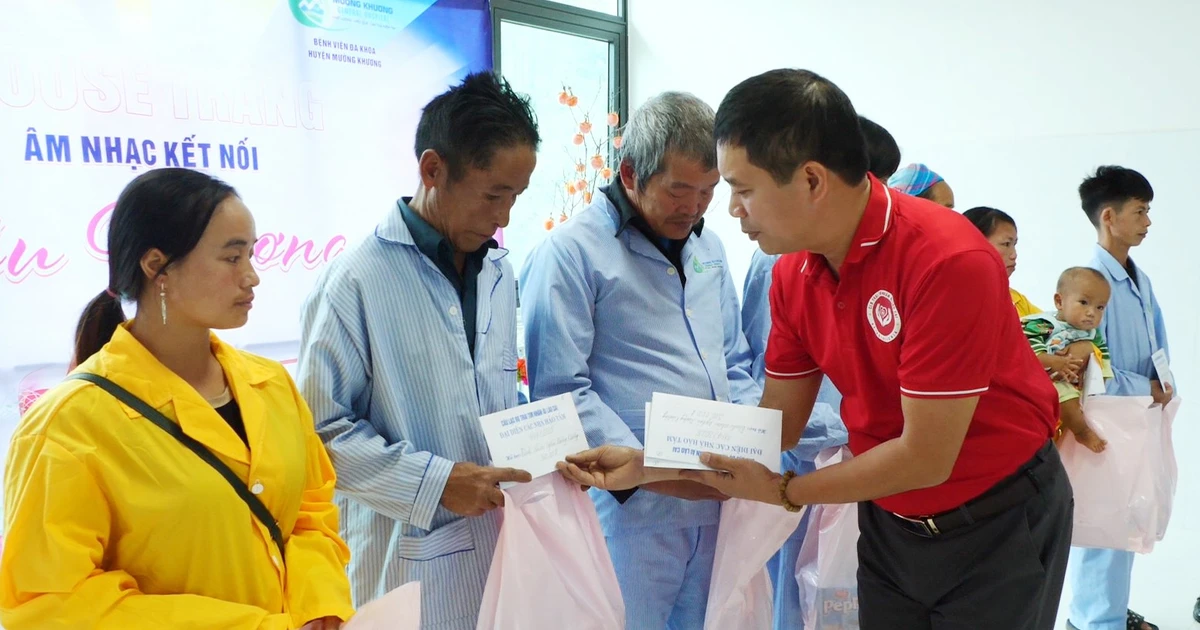

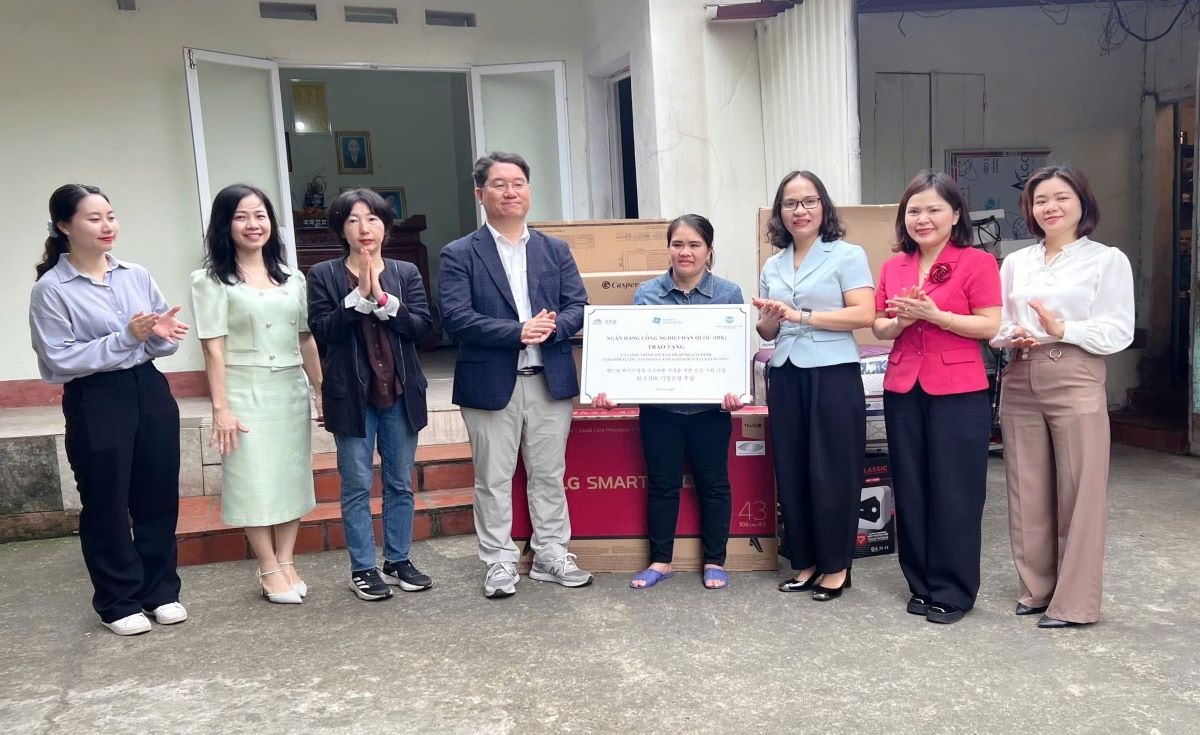



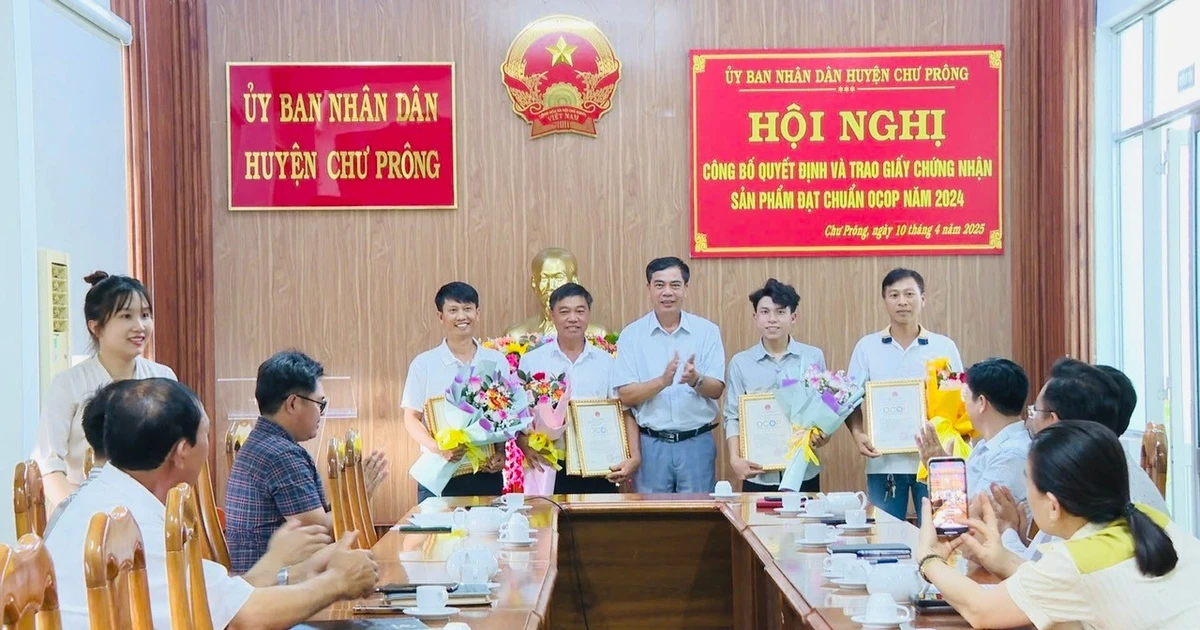











Comment (0)